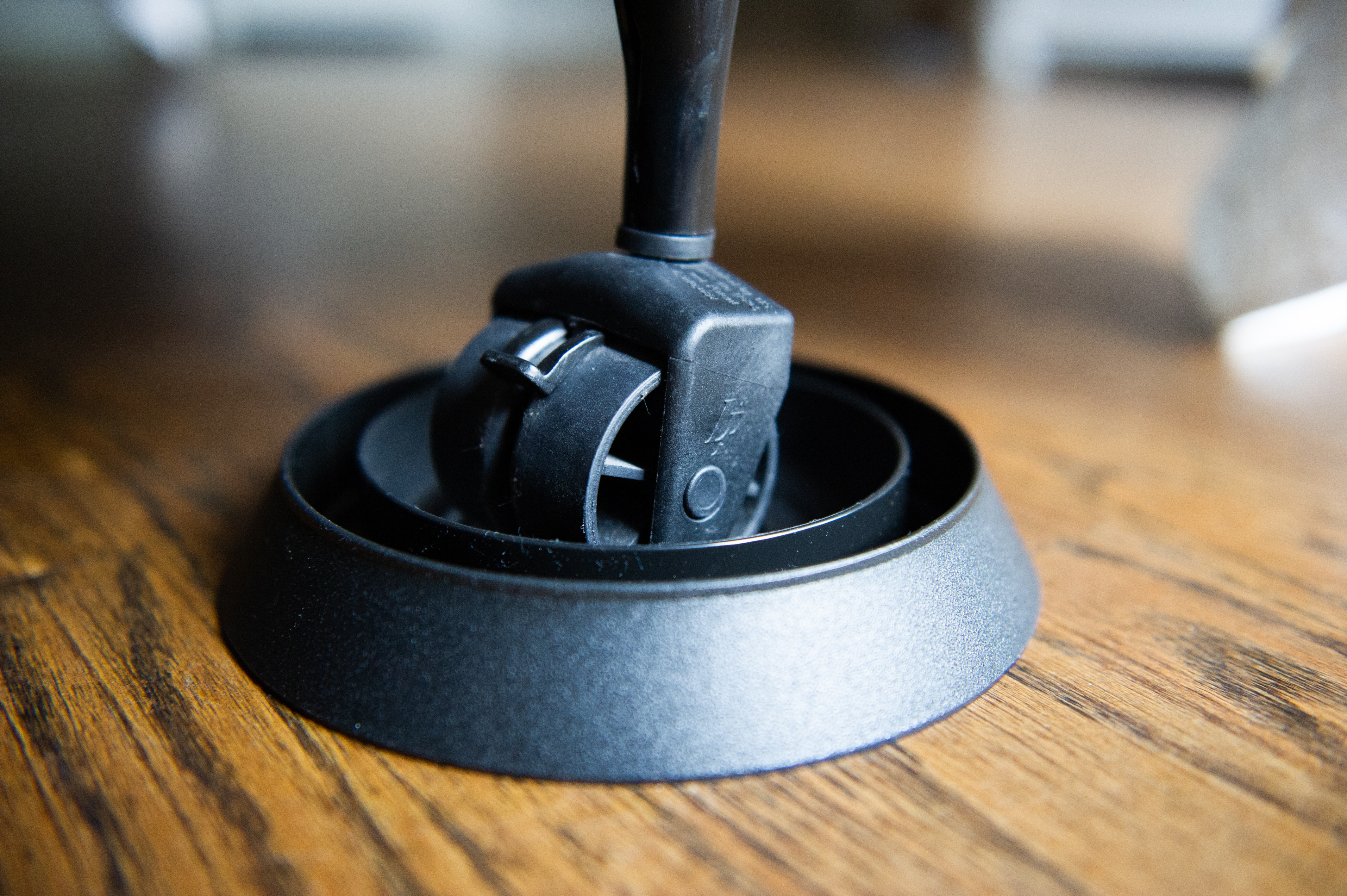One of the most effective devices for bed bug monitoring and management are bed bug interceptors.
As pest control providers, we know that all pests can provide difficulties when it comes to treatments but, bed bugs are often one of the trickiest pests to eliminate. Luckily, through extensive research studies and product innovation over the past decade, there are now highly effective tools available that every pest control provider should have in their bed bug toolbox.
There are several effective bed bug tools for treatments but one of the most cost-effective tools are bed bug interception devices. The devices, which are also known as bed bug monitors, are typically a pit-fall style trap that allows the bed bug to crawl up the side of the device and fall into a “well” that they cannot escape from. Two styles are used as part of a bed bug protocol: free-standing and under-the-leg interceptors. Although they both have very different styles and uses, they both offer the same benefits when it comes to using them as part of a bed bug protocol.
Here are five reasons you need inceptors as part of your bed bug treatment program.
1. Increased Detection Rates
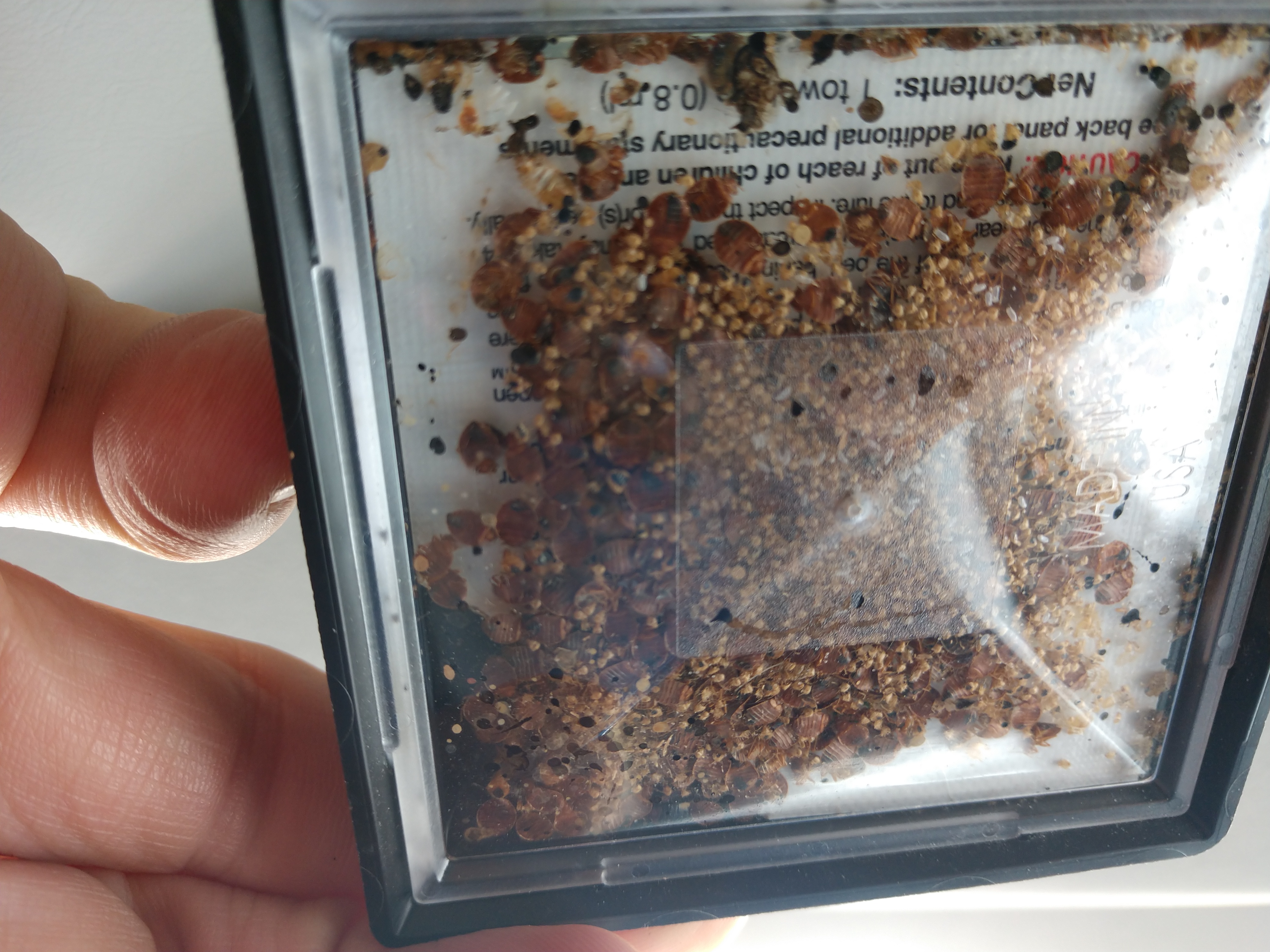 Detection and inspection for bed bugs are crucial for moving forward with any type of bed bug treatment. Your clients may claim they are having bites but if you can’t locate the source, how can you provide the proper treatment?
Detection and inspection for bed bugs are crucial for moving forward with any type of bed bug treatment. Your clients may claim they are having bites but if you can’t locate the source, how can you provide the proper treatment?
For bed bugs, there are a variety of inspection ways including visual by a technician, canine, and using bed bug monitors to detect an infestation.
Visual inspections are very common, however, there can be some discrepancies if it is a low-level bed bug infestation (10 or less bugs).
According to Richard Cooper, Owner/Entomologist of R Cooper Consulting, “visual inspections can detect approximately 70 percent of all bed bug infestations and 50 percent of low-level infestations whereas bed bug interceptors consistently detect 90 percent or more of existing infestations, including low-level ones, in as little as two weeks.”
These devices, when installed during an initial service, have the ability to capture and detect all stages of bed bugs as they travel throughout an environment, that might otherwise be missed during a visual inspection. By doing so, the interceptors provide pest control operators with key information to properly confirm an infestation.
One Rutgers University study found that “interceptors are much more effective than visual inspections and information obtained from interviews of building occupants.”
These devices offer greater peace of mind for confirming bed bug activity, especially when paired with a visual or canine inspection.
If you’re looking to improve your bed bug detection rates, then including interceptors into your protocol will greatly increase your detection rates and confirm bed bug activity that potentially couldn’t be seen through visual inspections alone.
2. Reduction of Infestation
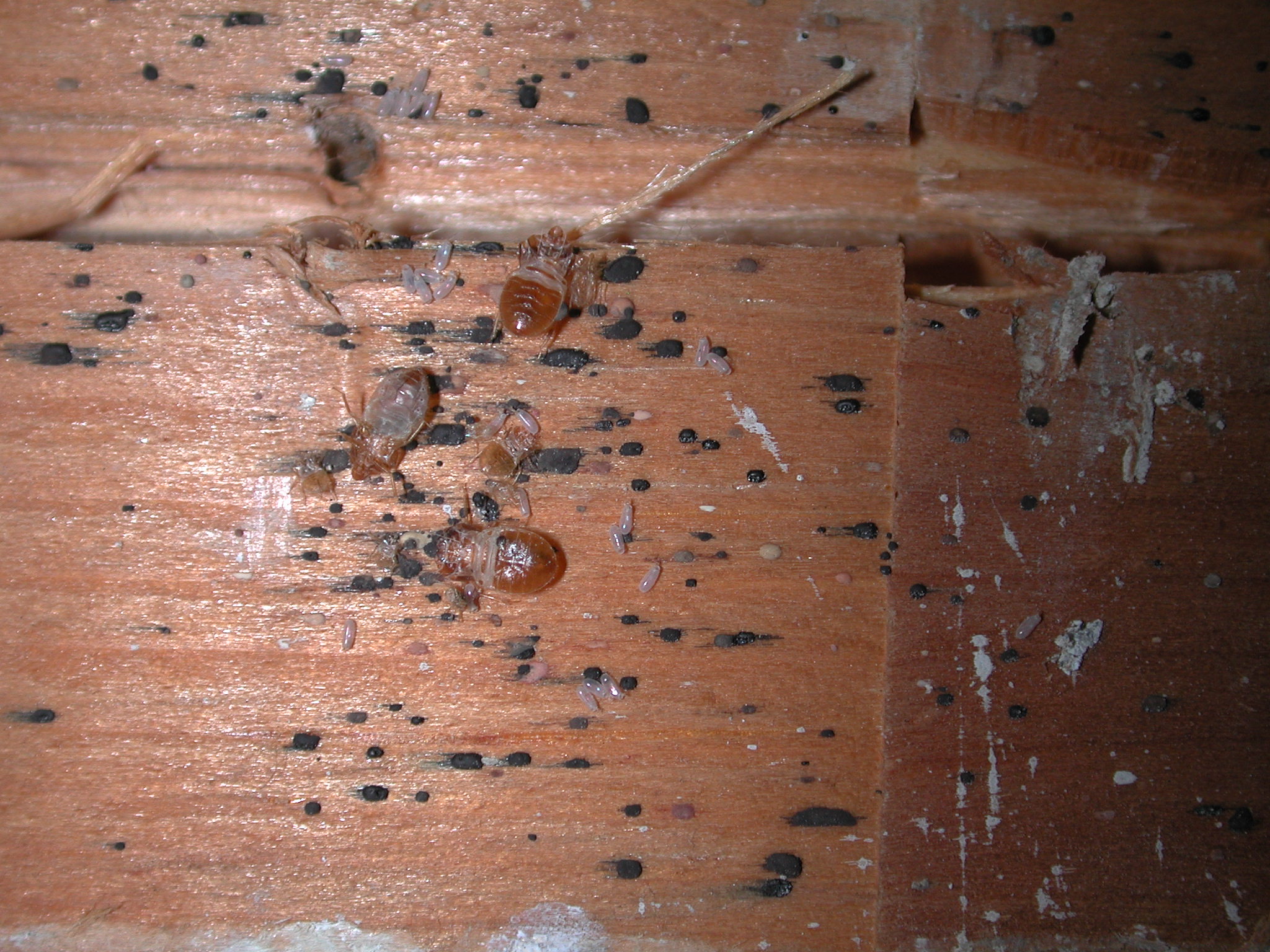 Along with being a great detection tool, reducing the number of bed bugs in an environment is also a benefit of using interceptors as part of your bed bug treatment program.
Along with being a great detection tool, reducing the number of bed bugs in an environment is also a benefit of using interceptors as part of your bed bug treatment program.
Bed bugs can take several follow-ups to eliminate but using interceptors from the initial treatment, can help capture bed bugs in between services to reduce the infestation quicker.
Bed bug expert Jeff White said, “Every bed bug caught in an interceptor, is one less bed bug in that environment, making it easier for you to eliminate the problem.”
Not only are the devices helping to reduce the infestation in between services, but its also reducing the number of pesticides needed to eradicate the infestation.
According to a research study published in PCT magazine, “Because interceptors remove bed bugs, they also provide immediate relief to residents from bites and reduce the need for insecticide applications as they catch the bugs.”
3. Elimination of Bites
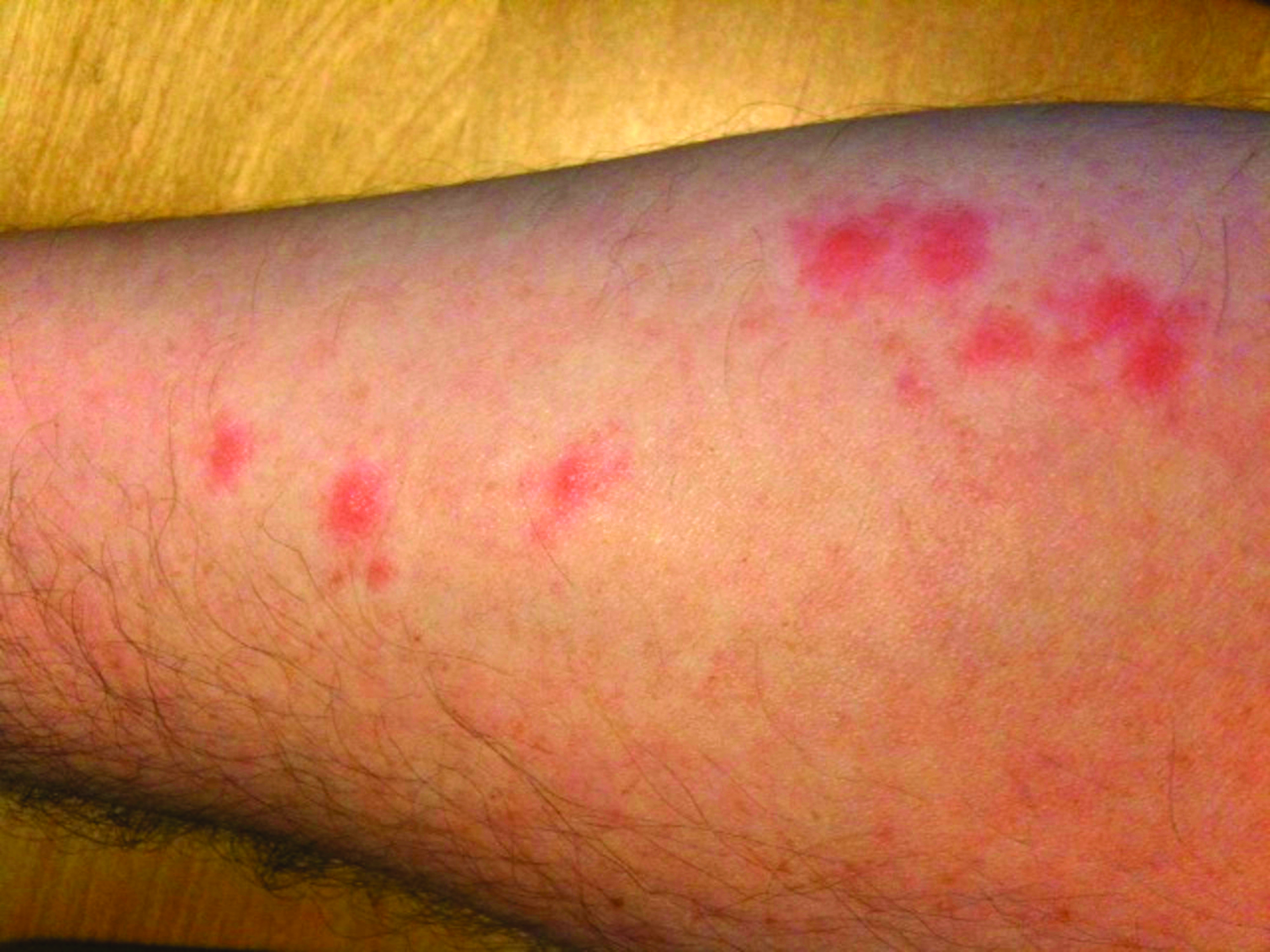 Bed bugs cause a lot of stress physically, financially, and emotionally, so why not provide your clients with a tool that can help reduce that stress?
Bed bugs cause a lot of stress physically, financially, and emotionally, so why not provide your clients with a tool that can help reduce that stress?
By installing bed bug interception devices as part of a bed bug treatment program, you’re giving your clients peace of mind knowing there is a form of protection between them and the bugs.
Interception devices, which can be placed under the leg of furniture or next to the legs of furniture, capture bed bugs as they travel to and from sleeping or resting areas. By placing these devices down, they will catch bed bugs in between services and reduce the number of bites a client may experience.
According to a study by Changlu Wang at Rutgers University, “Passive pitfall monitors are more likely to reduce the number of bed bug bites when placed under legs of beds and upholstered furniture by stopping the bed bug from reaching the resident.”
Jeff White of White Mantis Consults stated that “by placing interceptors down as part of your bed bug treatment program, you’re catching bugs in-between services and reducing the pressure on the client who is being bitten. For every one bug caught in the monitor, that’s one less bug that can bite the resident.”
4. Enhanced Track and Trace
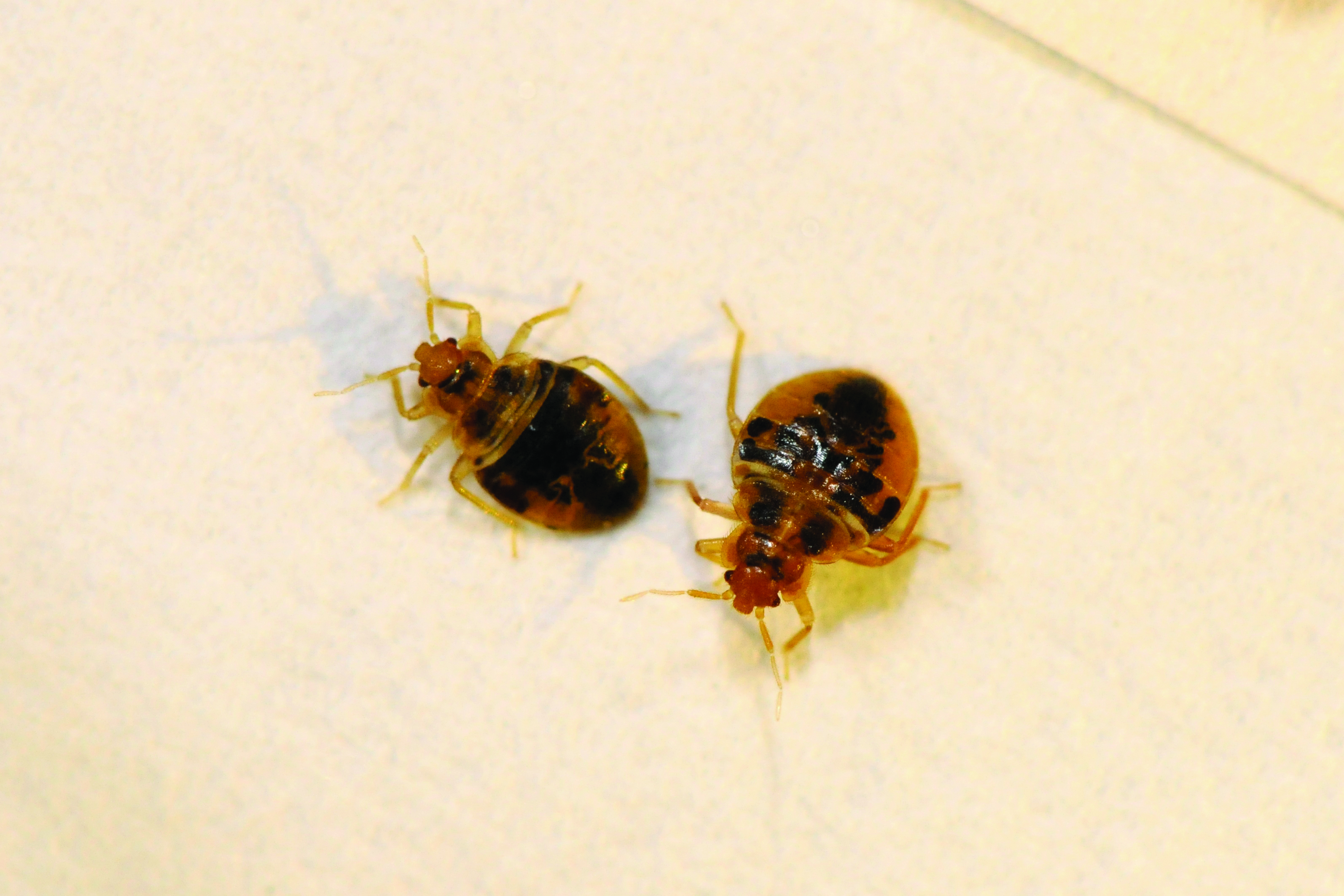 Bed bugs are not only excellent hitch-hikers, but they’re also experts at playing hide and seek. These elusive pests are difficult to treat not only because of their size but because of their ability to hide in cracks and crevices.
Bed bugs are not only excellent hitch-hikers, but they’re also experts at playing hide and seek. These elusive pests are difficult to treat not only because of their size but because of their ability to hide in cracks and crevices.
Depending on the severity of the infestation, determining where the bed bugs are hiding is crucial to eliminating the problem. By placing under-the-leg interceptors out as well as installing free-standing interceptors around the perimeter of the room, you will be able to use the monitors as indicators to where the bugs are harboring.
For instance, if you place under-the-leg interceptors under the legs of a bed in a bedroom and find 20 bugs in the monitor closest to the head of the bed on the right side near the closet, but don’t have any bugs in the interceptor at the front of the bed on the right side, this is a good indicator of where you need to focus your treatment efforts.
By using the information provided by the interceptors, you can provide a more effective, targeted treatment to areas where bed bugs are harboring that you may have otherwise missed.
5. Reduce Costs and Increase Profits
 The final reason for using bed bug interceptors in your treatment program is a combination of all the reasons and the cost-benefit analysis that the product provides.
The final reason for using bed bug interceptors in your treatment program is a combination of all the reasons and the cost-benefit analysis that the product provides.
“For the inexpensive cost of installing interceptors in a traditional room, you can detect bed bugs better, reduce the number of bites your resident is receiving, reduce the number of bed bugs in an environment and determine the directionality of the infestation so you can provide a more targeted, effective treatment, outweighs the cost of the price,” White said. “The cost-benefit analysis is too great to not be utilizing them in your treatments.”
White also added, “Companies who are using interceptors in their treatment programs explain that even for the few dollars it costs to use them, the benefits greatly outweigh the costs. Some are even using the devices to help declare infestations eliminated, which could be an additional benefit of interceptors that we haven’t listed.”
Even though there are several other benefits that bed bug interceptors offer, it is important to remember that an effective bed bug treatment protocol includes a variety of chemical and non-chemical tools to help eliminate infestations. With insecticide resistance growing among bed bugs, using non-chemical tools such as vacuums, steamers, interceptors, encasements, and more, are essential tools to have in your bed bug toolbox. To learn more about how interceptors are crucial to your bed bug treatment program download this free resource here.

